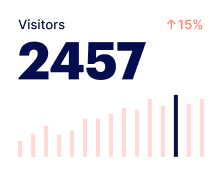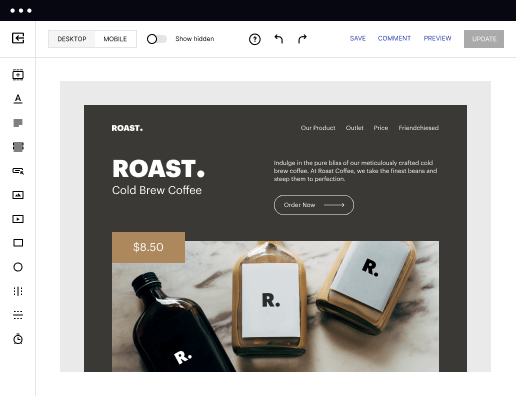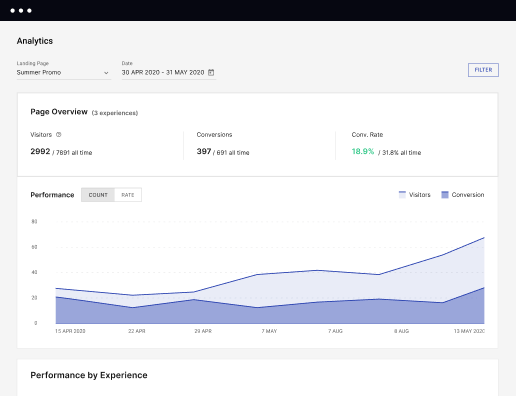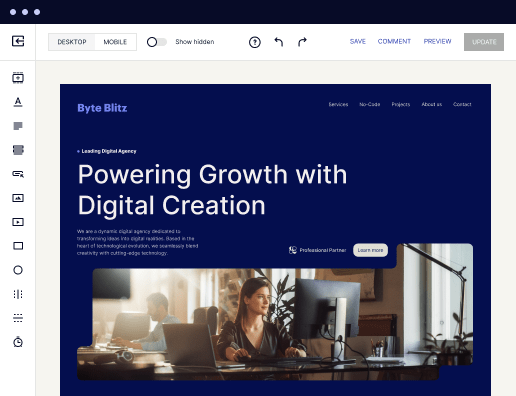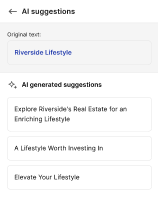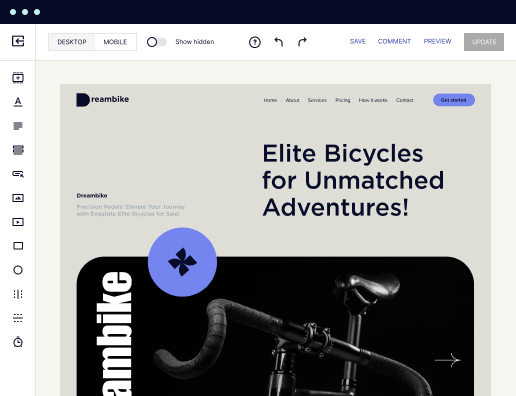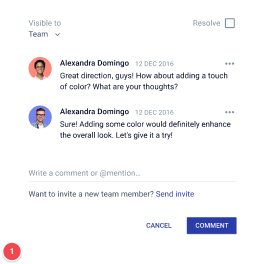Make your user dashboard page designed for Chrome OS
Instapage empowers you to reduce costs, increase conversions, and deliver meaningful experiences on Chrome OS.
Build your user dashboard page on Chrome OS with Instapage
Creating a user dashboard page on Chrome OS can significantly enhance the user experience for your audience. By leveraging Instapage’s powerful platform, marketers can effortlessly build visually appealing and highly functional landing pages without needing any coding expertise. This user-friendly approach helps streamline projects, resulting in cost reduction, improved conversion rates, and increased customer loyalty.
Step 1: Outline your dashboard goals
The first step in building your user dashboard page on Chrome OS is to outline the specific goals you aim to achieve. This is crucial for aligning your content with user needs and expectations. Identify the key functionalities your users are looking for, the data they need at a glance, and the actions you want them to take.
- Define user objectives: Understand what users need from their dashboard.
- Identify key metrics: Determine which performance indicators will be displayed.
- Plan user interactions: Decide how users will navigate your dashboard.
Step 2: Choose the right layout
Once you have outlined your goals, the next step is selecting a layout that best represents your user dashboard needs. This is where Instapage shines—with over 100 conversion-focused templates and custom landing page layouts, you can find the right fit for your objectives.
- Utilize conversion-focused templates: These templates are designed to promote engagement.
- Incorporate dynamic text replacement: This feature personalizes user interactions.
- Use heatmaps to identify effective areas: Analyze where users engage most.
Step 3: Optimize for performance
Having set up your dashboard, it’s time to optimize it for user performance on Chrome OS. Utilize built-in experimentation features like A/B testing and analytics dashboards. These tools will help you assess how users interact with your content, allowing for iterative improvements.
- Conduct A/B tests to find effective elements: Compare different versions for user engagement.
- Implement optimization based on analytics: Use insights from user behavior to make data-driven changes.
- Track performance metrics regularly: Ongoing assessment ensures that your dashboard remains effective.
Conclusively, creating a user dashboard page on Chrome OS through Instapage not only enhances user engagement but also simplifies the content creation process for marketers. With easy collaboration tools, real-time edits, and secure sharing, your dashboard can be refined continually based on user feedback.
Ready to get started? Sign up for Instapage today and discover how simple it can be to build an engaging user dashboard page on Chrome OS that meets the expectations of your audience.
Get more out of Build your user dashboard page on Chrome OS
Improve your Quality Score with quick load technology for landing pages
Increase conversions with content that aligns with your ads and audiences
Achieve maximum ROI by scaling your marketing initiatives
Leading the way in building high-performing landing pages





FAQs
See how to build your user dashboard page on chrome os in action
Ready to skyrocket conversions?
Supercharge your ad campaigns with high-performing landing pages.
Get started
